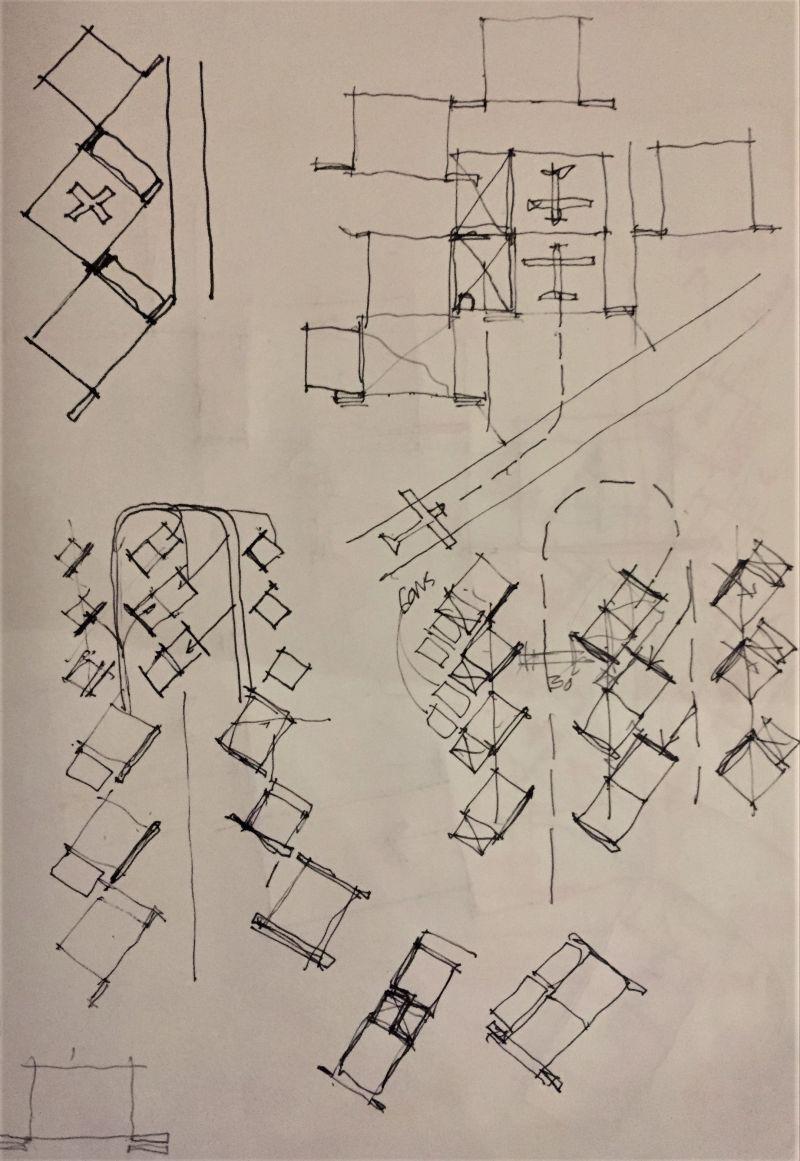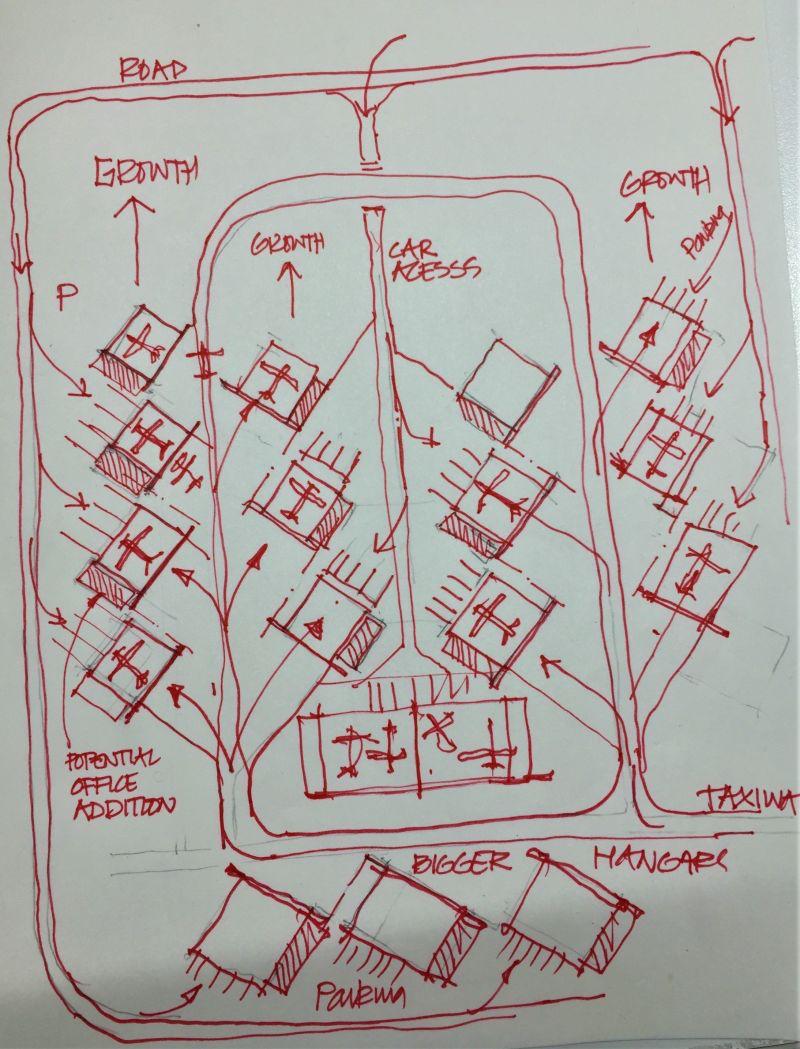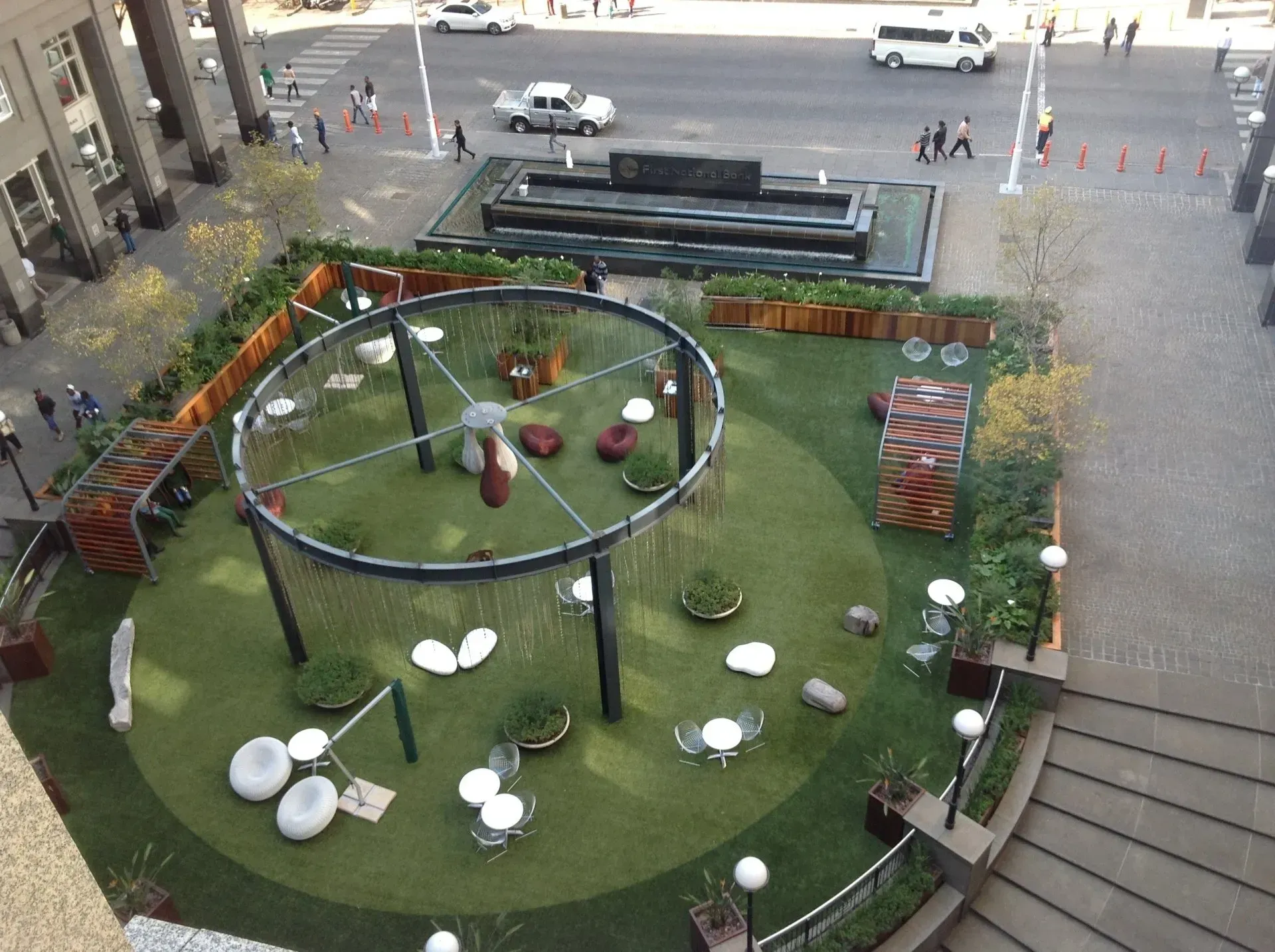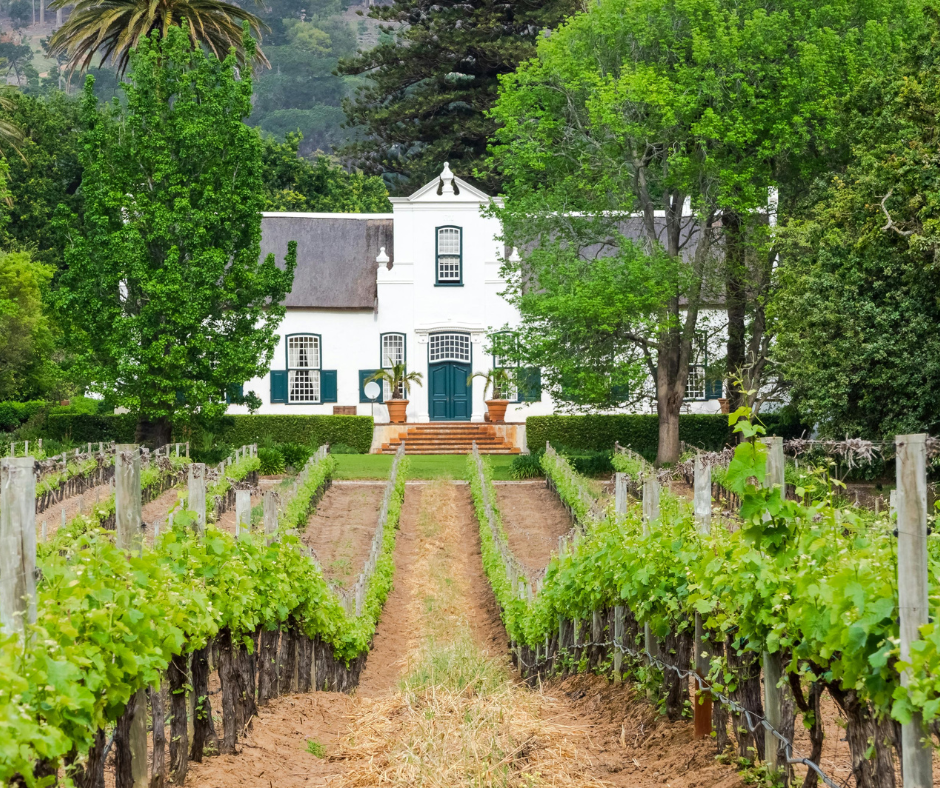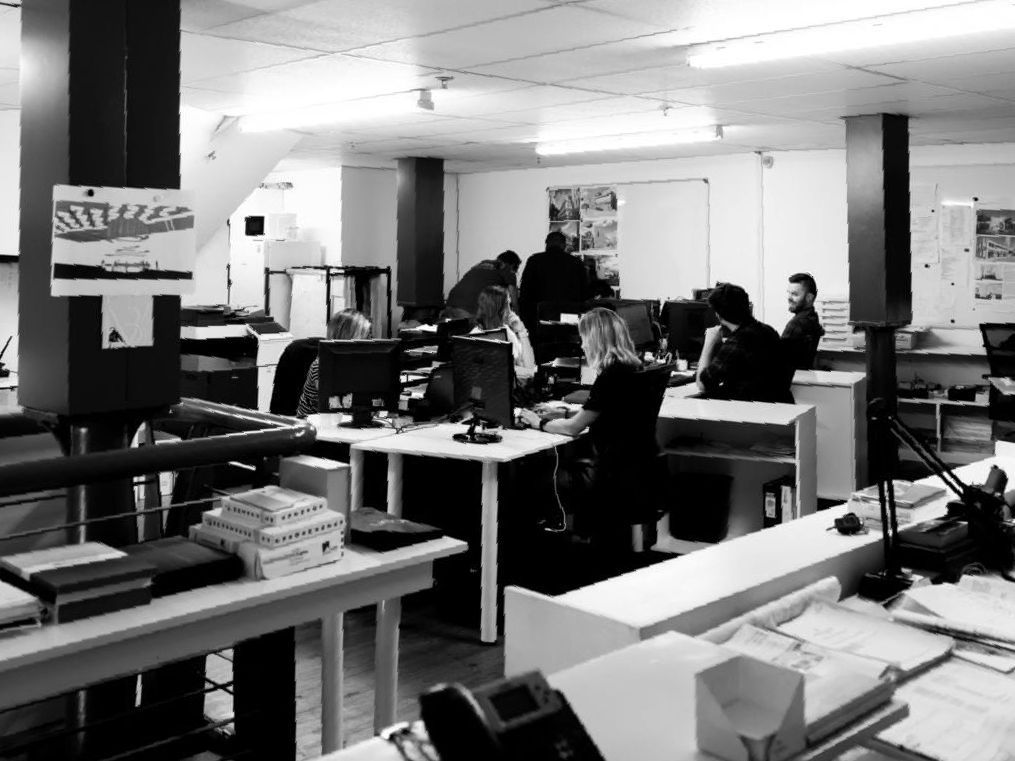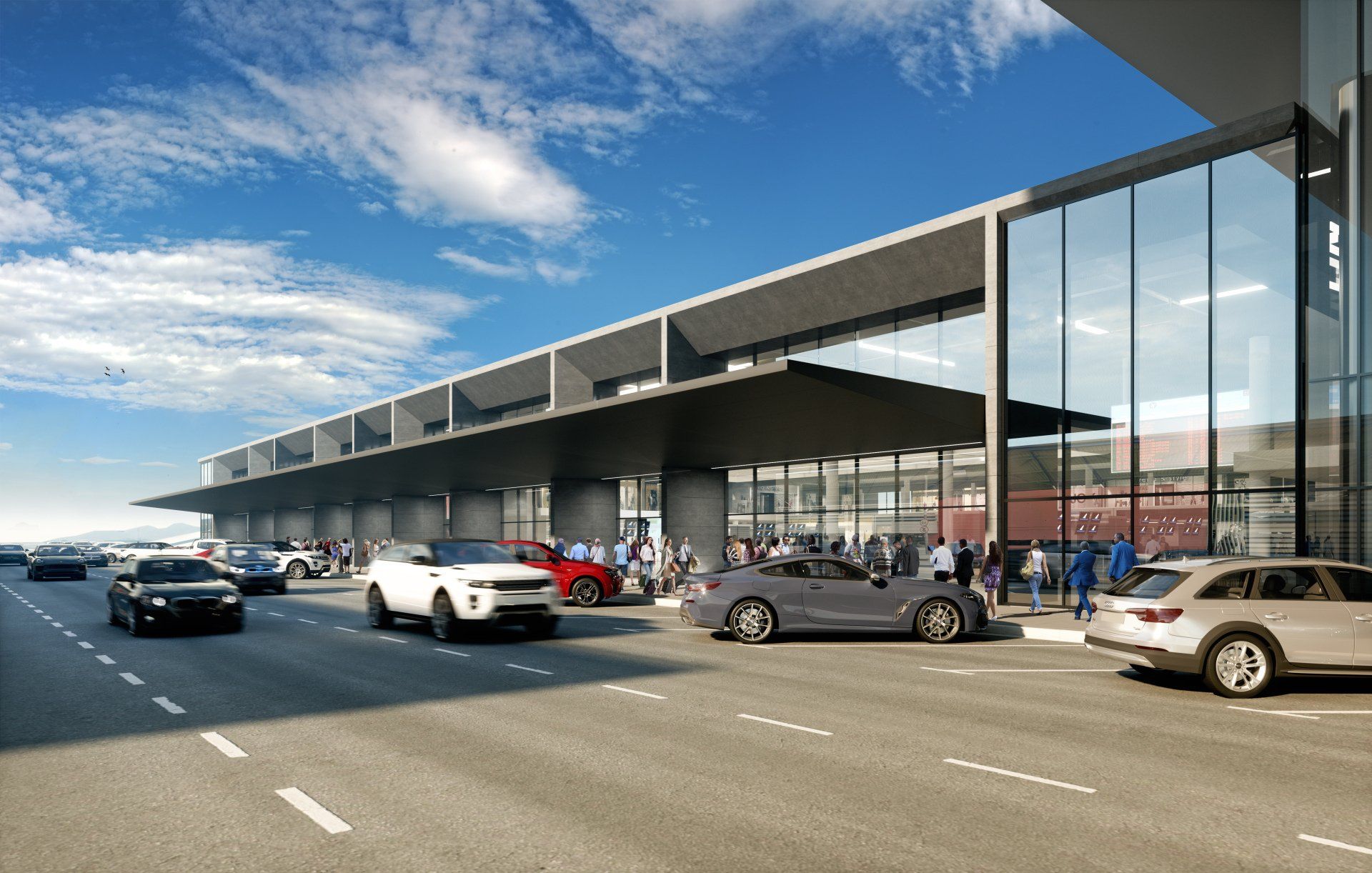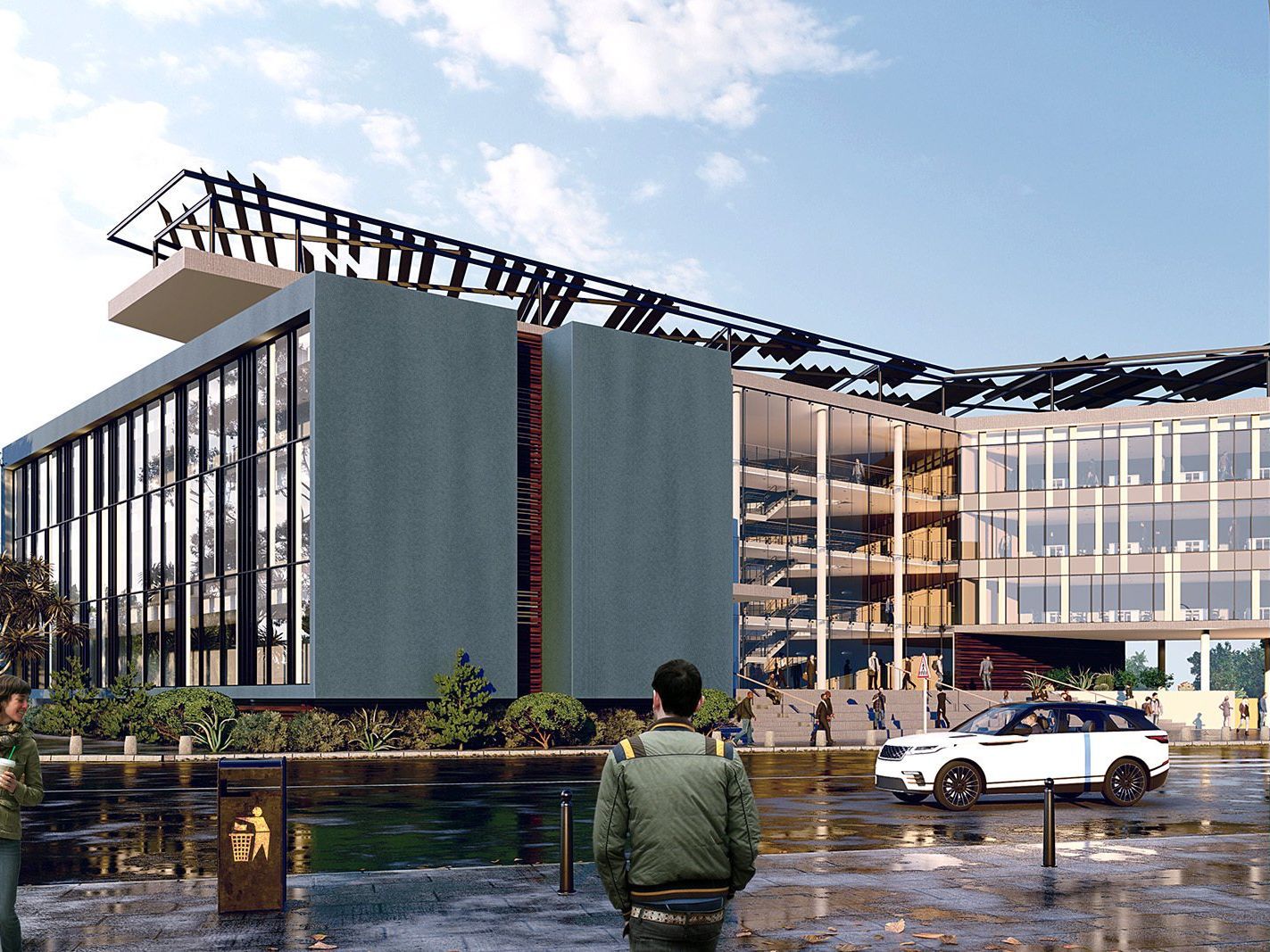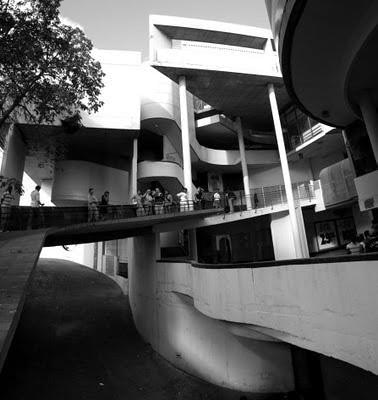Airport & Aviation Design
Design Scape has extensive aviation experience with Airports in Africa. These include Cape Town International, King Shaka International, Kasane International, an airfield in Cameroon, and now an airport in central Africa.
The idea for this new airport is to augment an existing international airport, which, for a growing group of private pilots, has grown impractical to operate from for various reasons. Hangar space is insufficient, and the parking space is limited. The pilots themselves are heavily involved in the private aviation of the country, as well as being involved in a growing, but informal, cargo transport operation.
At a recent conference we attended, the need for additional, smaller, airports across Africa was stressed. The problem for many African airports is that they are both owned AND run by the local governments, and that’s a problem, as aviation management should be independent of government interference.
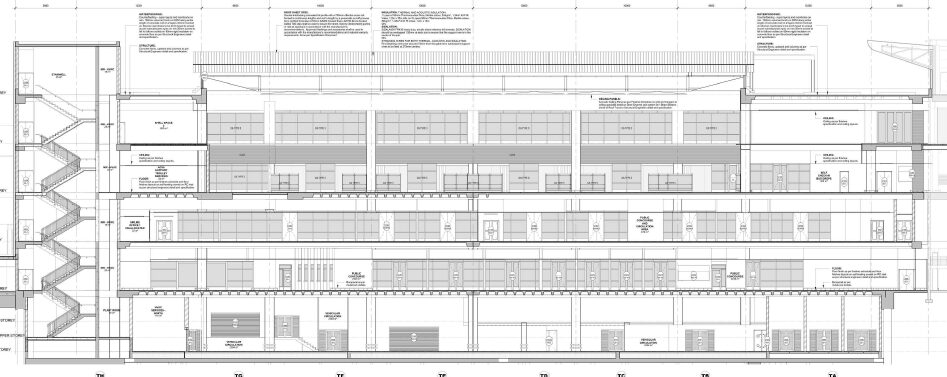
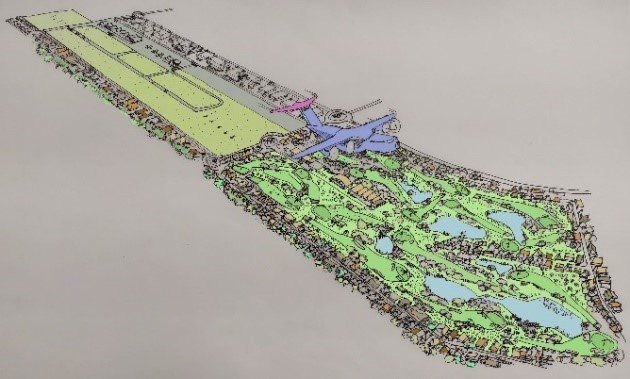
In our case, the pilot’s association was finding that landing fees had been increased dramatically. In a way that was understandable, as operating a large number of small aircraft from an International runway is counterproductive.
Accordingly, a group of local businessmen looked for alternatives.
Coming on stream, in the same conurbation, they found a new development being promoted under government management, and an approach was made to see if the possibility of a new airport could be considered.
The idea was met with enthusiasm. However, a condition was that Civil Aviation approval was firstly obtained. So, Design Scape undertook a preliminary master plan for a larger airport in the future, but one that could start small and grow larger as the project found traction. Ultimately, it could grow to operate as a fully-fledged cargo operation, as well as incorporating a passenger market for smaller regional and national tourism flights.
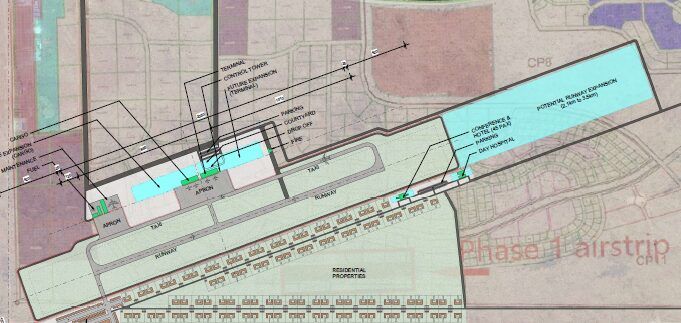
The planning authority also authorised the incorporation onto their master plan of upmarket housing, as well as a golf course estate. Whilst this will be well into the future, it was important to get the ideas down, and give a vision of the bigger picture.
The initial concept of how an airport could work here has progressed to first phase planning, all with Civil Aviation approval. This involves providing hangar potential for the numerous private and light commercial pilots that are at present confined to cramped facilities elsewhere.
The first phase of our airport project will be a facility for fifty private hangars, with an appended maintenance hangar. And, as soon as one has a bunch of pilots in the same place, the idea of a clubhouse naturally appears.
So, first, some initial sketches, then an organisational principle that separates planes and cars. From these sketches we developed a preliminary layout plan which can be used as a marketing tool. An added value feature of the plan is that there is space for small office areas associated with each hangar, so we have incorporated elements of an aviation business park.
Fifty hangars, 150 local pilots – who wants in? We are hoping for a good reaction!
Without specifics as yet on aircraft sizes, we have split the hanger sizes into smallish and mediumish. Added to that is a maintenance hangar, as well as a clubhouse.
There’s also a lot of work needed on the civil engineering aspects – it’s a large area to drain properly and the final set-backs for aircraft to mingle freely needs finalisation. But all in all, last week was a fun week! Any aviation project is always highly rewarding!
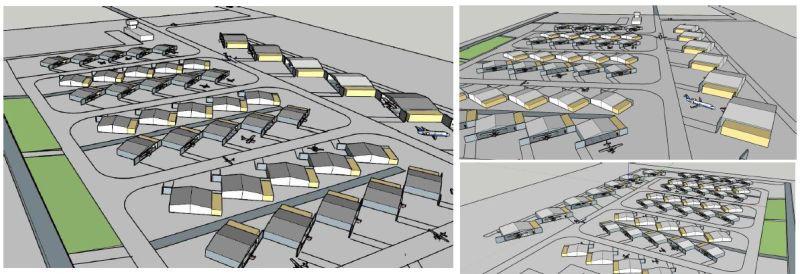


Contact the team at Design Scape Architects to work alongside innovative architects and designers in South Africa.
For more information about our innovative architectural services and on how we can assist you, get in touch with our team of professional architects and designers in Durban and Cape Town.

Cape Town
109 Waterkant Street
De Waterkant Cape Town
South Africa, 8001
Durban
Rydall Vale Office Park
Rydall Vale Crescent
Block 3 Suite 3
Umhlanga, 4019
Website design by Archmark


